
Centering Myself by Looking Up
A Story About My Journey Into Birdwatching
Having just started a graduate program in a new city, one of the questions I’ve been asked most over the last few months is “Where are you from?” I usually take a quick beat, chuckle, exhale, and then say “Well … it’s complicated, but I was born in and grew up in New York, and then my family moved to India when I was eight … and then I went to Singapore (and briefly Switzerland) for four years of undergrad … and now I’m here.” I’m usually a little winded by the end, which seems fitting for a childhood that feels like a whirlwind. The upside of this little cross-continent tour is that I find myself settling into new environments relatively quickly. The downside, however, is that I don’t really have a great answer to the classic “Where are you from?” This story isn’t quite about that conundrum, though – it’s about one of the remedies.
Towards the end of junior year, with my frontal lobe beginning to cement its presence, I found myself with a strange urge to “discover who I really was”, a la Eat, Pray, Love. Right around this time, I was fortunate to participate in a field trip of sorts (perfect, right?). I took up the job of teaching assistant for one of my department’s newest, shiniest courses with an appropriately catchy title – “bGlobal.” The course would be in two parts – a 10-day trip to the remote Southeast Asian nation of Timor-Leste (TL), and a semester-long design project that focused on creating concrete solutions to bite-sized, solvable healthcare problems in TL. I was good friends with the course director, Prof. Andrew Holle, having worked with him on a previous project – and so I jumped at the opportunity. While this was a rare opportunity to be fully immersed in a community that truly needed the skills we were developing, and have a little island fun along the way, I certainly didn’t expect to take up what is now one of my primary hobbies – birdwatching!
I don’t blame you if that induced a little yawn, or maybe even a little eye roll. Birdwatching isn’t traditionally associated with 22-year-olds, and doesn’t immediately sound like the kind of adrenaline-pumping hobby that one could conceivably pick up on an island work-vacation trip. I certainly didn’t expect to. The tipping point was Prof. Andrew taking a morning on the trip to show me how to use his almost comically large telephoto lens to take a picture of an Asian Green Bee-Eater doing what they do best – eating bees. The picture he took, as you likely can predict, was mind-numbingly gorgeous. Perhaps the most vital aspect of this matinee, however, was learning that he uploaded all of his pictures of birds to a repository named eBird, developed and maintained by Cornell University. A PSA at this point for the unaware: Cornell has some of the best resources for birdwatching, including Merlin, a free app that can identify thousands of birds from pictures and audio recordings! eBird also has a leaderboard, picture records, ratings, and beautiful maps of data and trends – the Pokémon kid inside me was hooked immediately. I rushed excitedly with my (relatively) old iPhone outside our lodge, and took a picture of a few Eurasian Tree Sparrows on a telephone wire. What resulted was maybe the worst picture anyone has ever taken of a bird (Fig. 1).
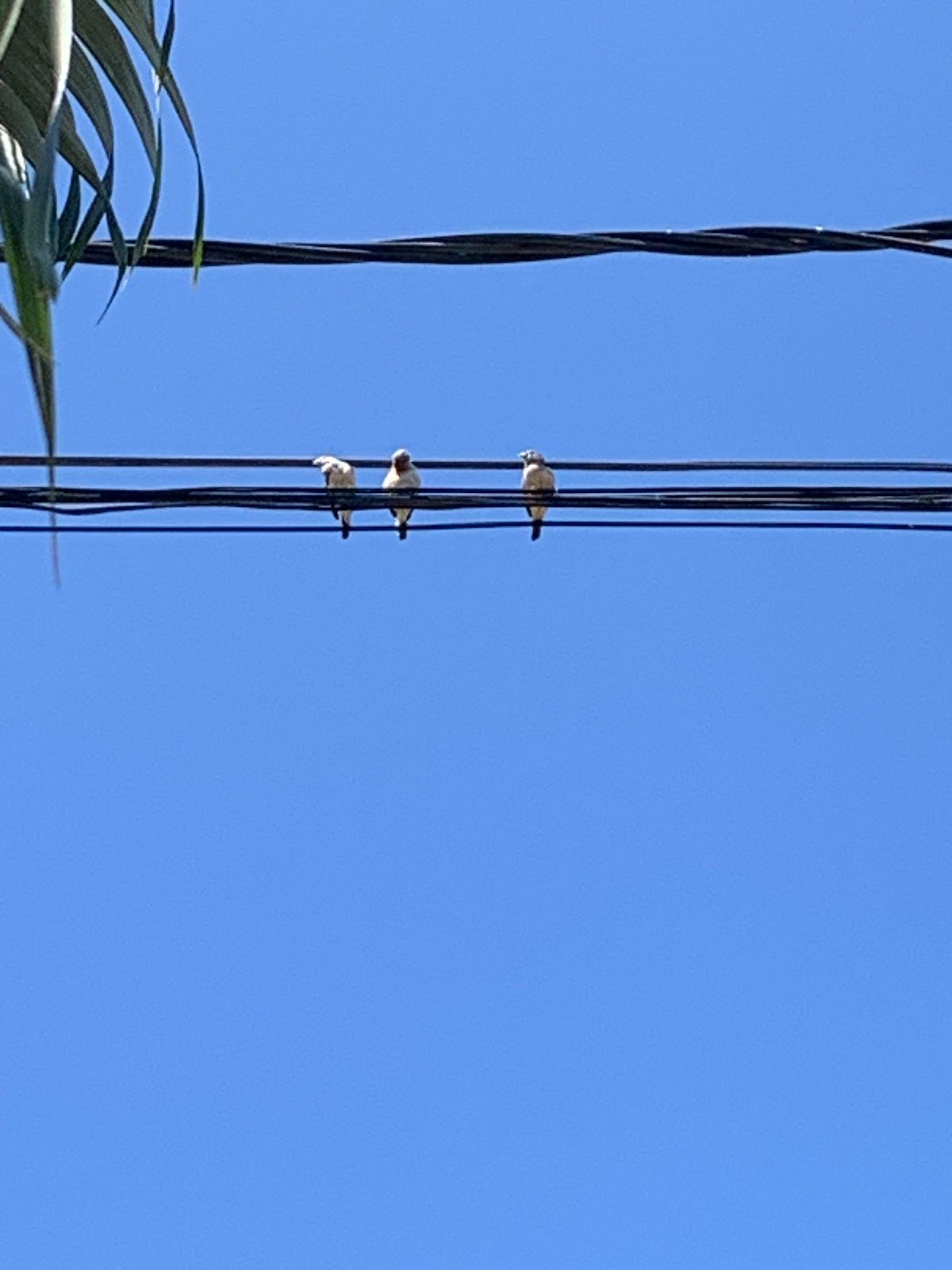
It’s easy to laugh in hindsight. I certainly didn’t know it at the time – but there are essentially two aspects of a good picture of a bird: a sense for photography – composition, lighting, framing, angle, and so on; and the right equipment – which is primarily a lens with a large focal length and a camera body with the ability to take many pictures quickly, giving you as many opportunities as possible to get the perfect shot. Now don’t interpret this as meaning birdwatching is inaccessible – most smartphone cameras are more than capable of generating incredible pictures of birds. I was just naïve and arguably pretty bad.
This is when one would cue the Rocky theme music and accompanying montage over hastily organized pictures that show gradual improvement in my abilities. Below you will find my attempt at doing precisely this. Spurred on by Prof. Andrew’s kind loan of an old camera, I slowly but surely got better. I continued to go birding everywhere I went – and I continued to upload my pictures to my shiny new eBird account. I’ve attached some of my favorites from Singapore (Fig. 2) and from the last few months in Boston (Fig. 3) taken with both cameras and smartphones. Hopefully, they serve as an illustration that no matter how hopeless you may think you are, birdwatching and wildlife photography are very learnable skills. Perhaps more importantly, there is really no upper bound once you feel comfortable with the fundamentals.
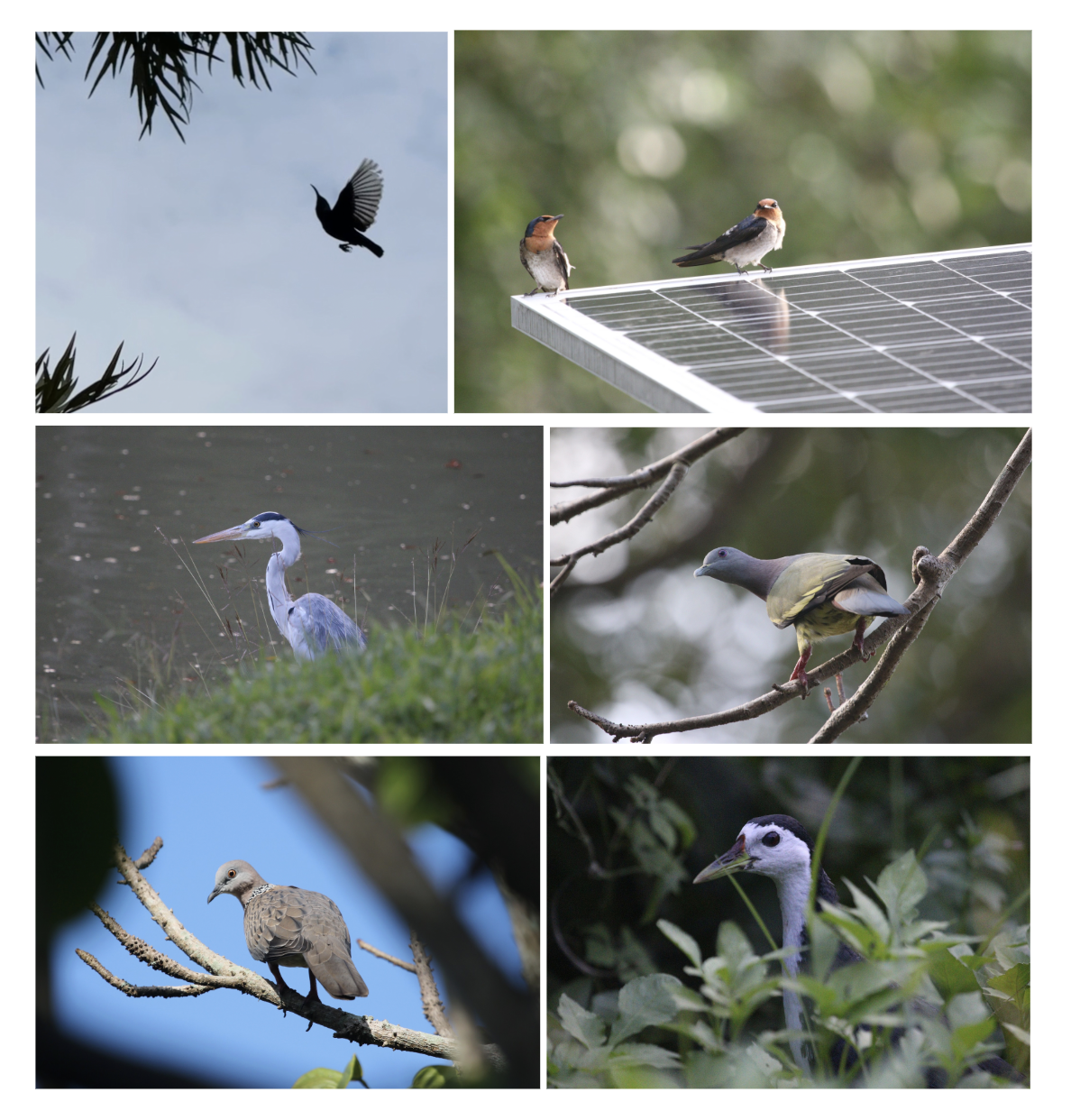

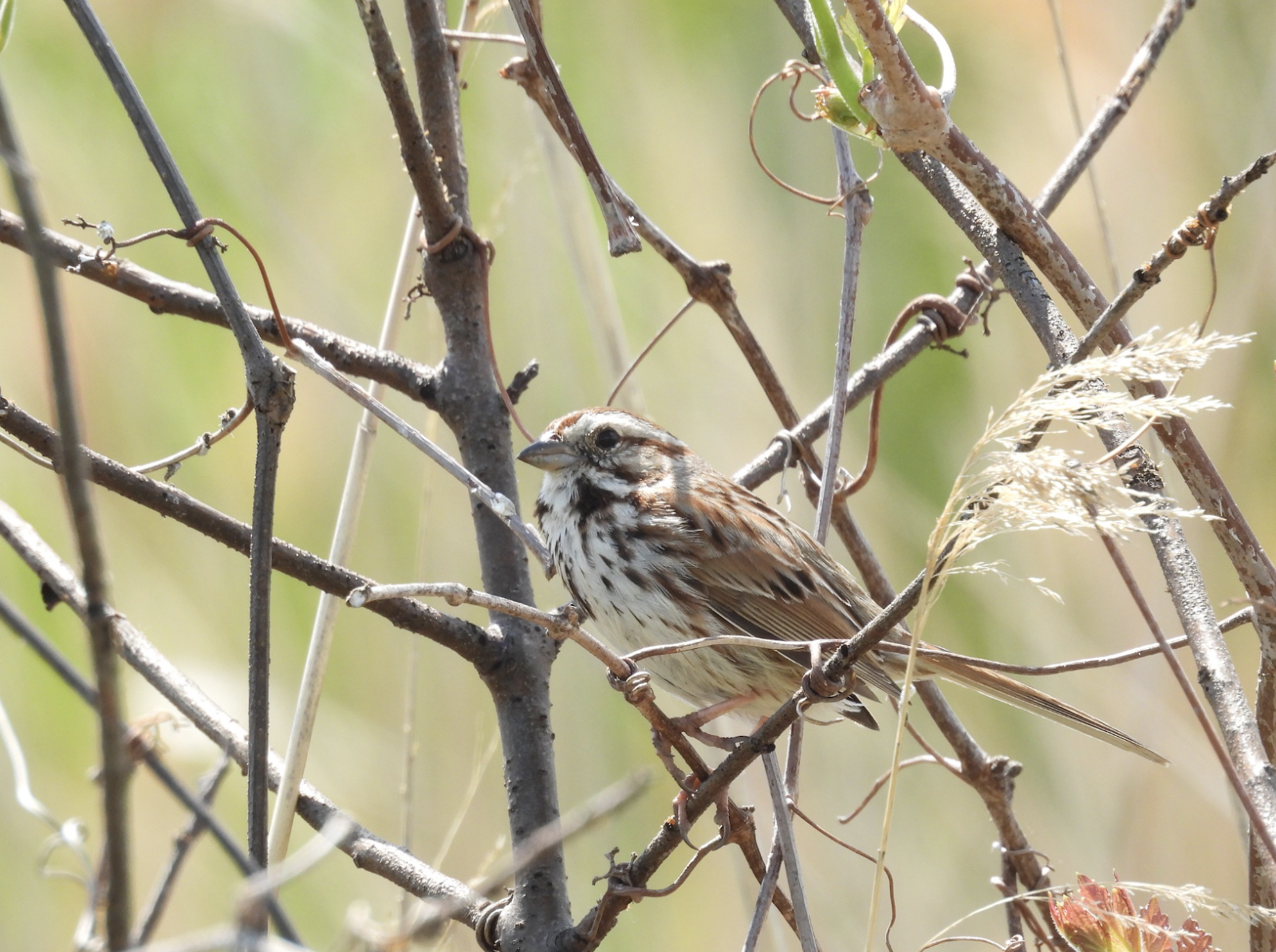
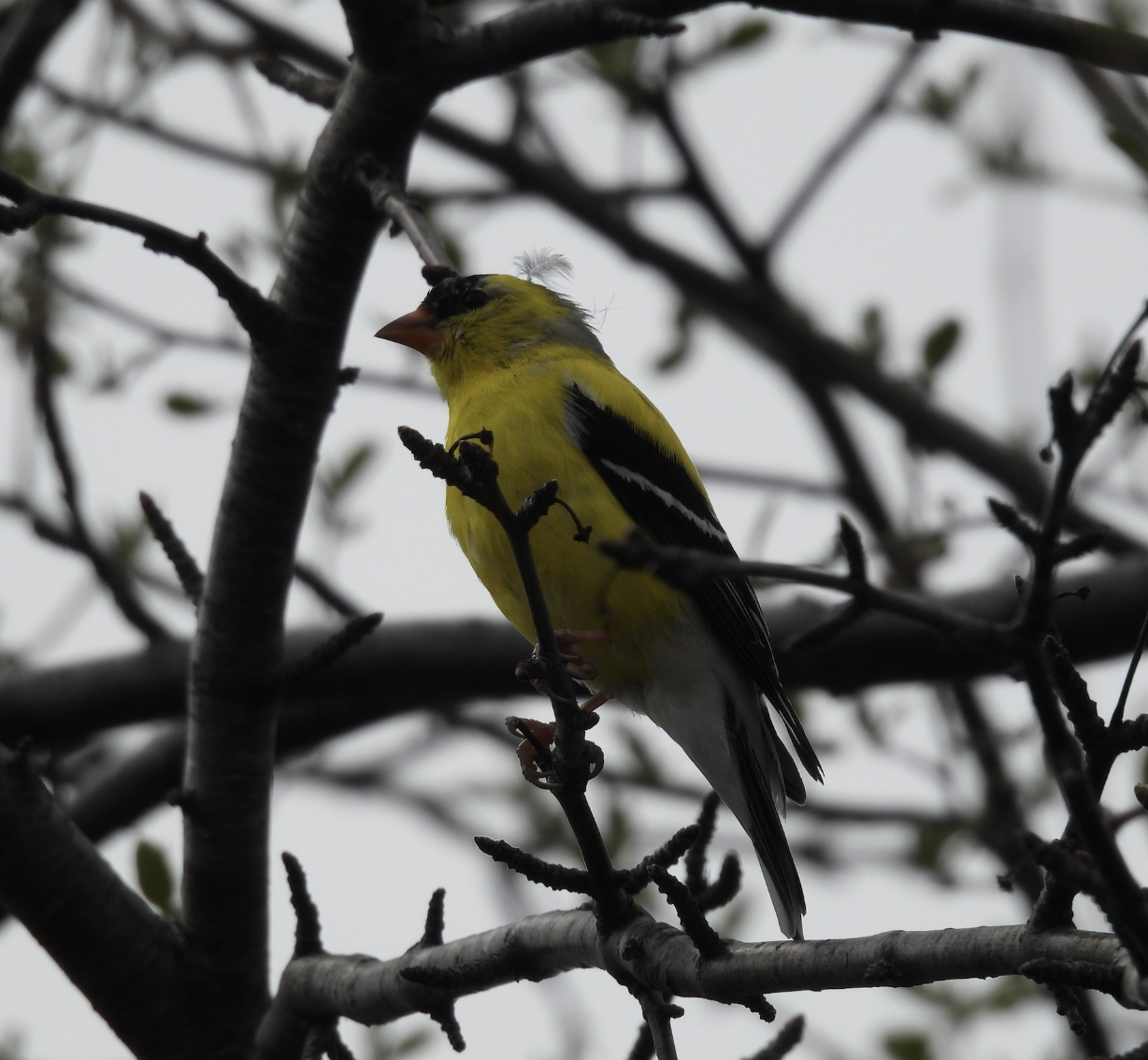
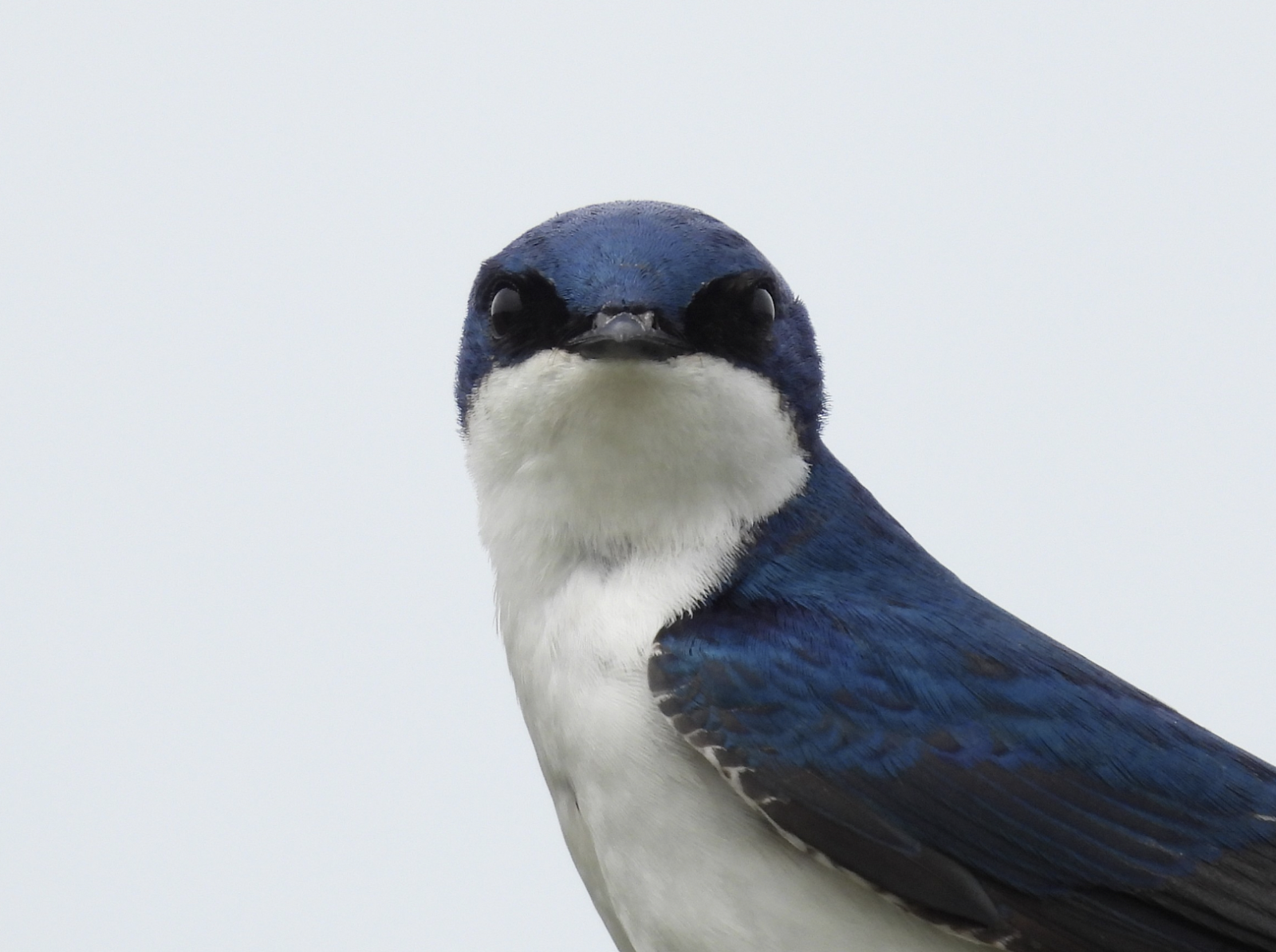
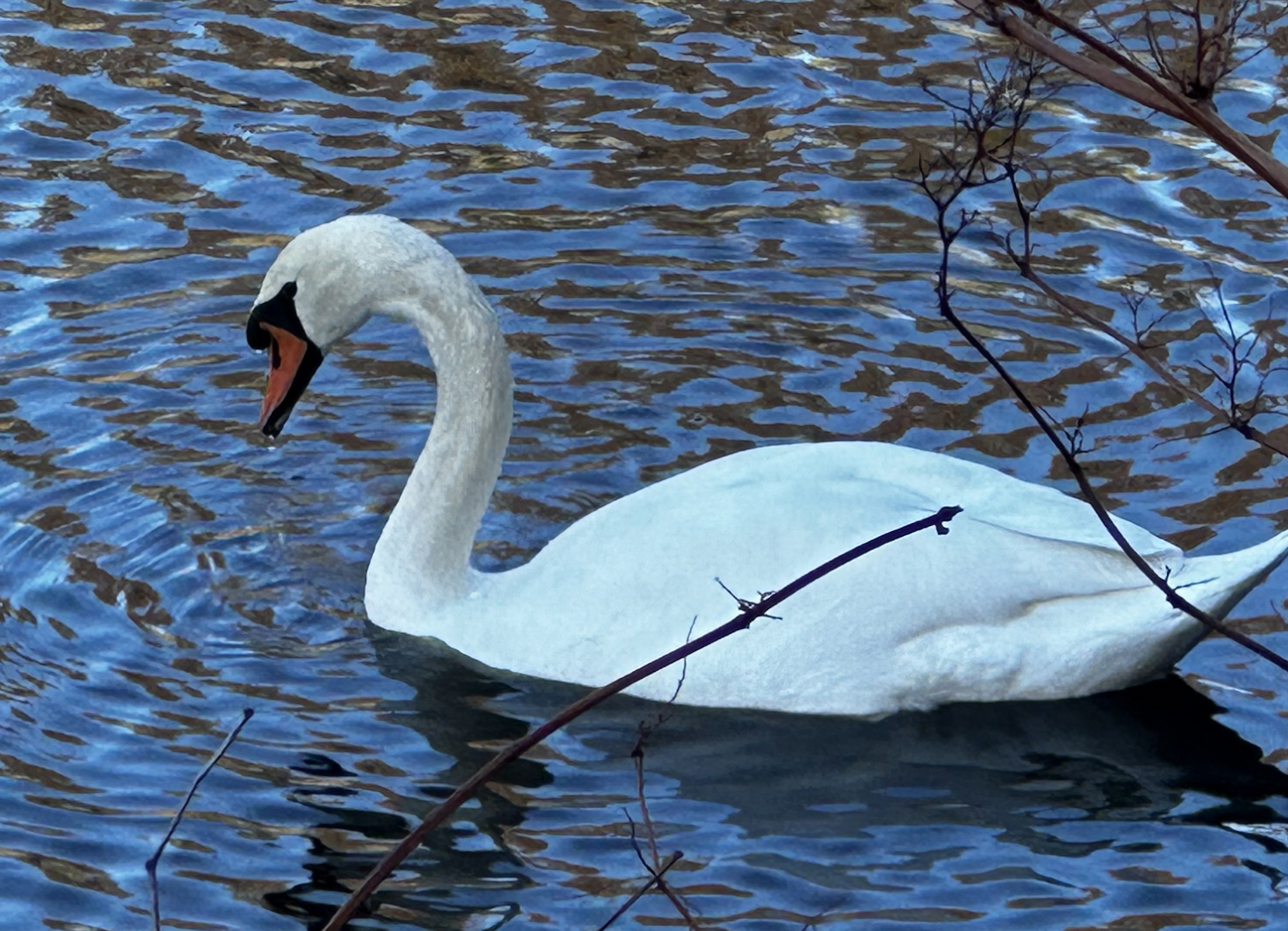
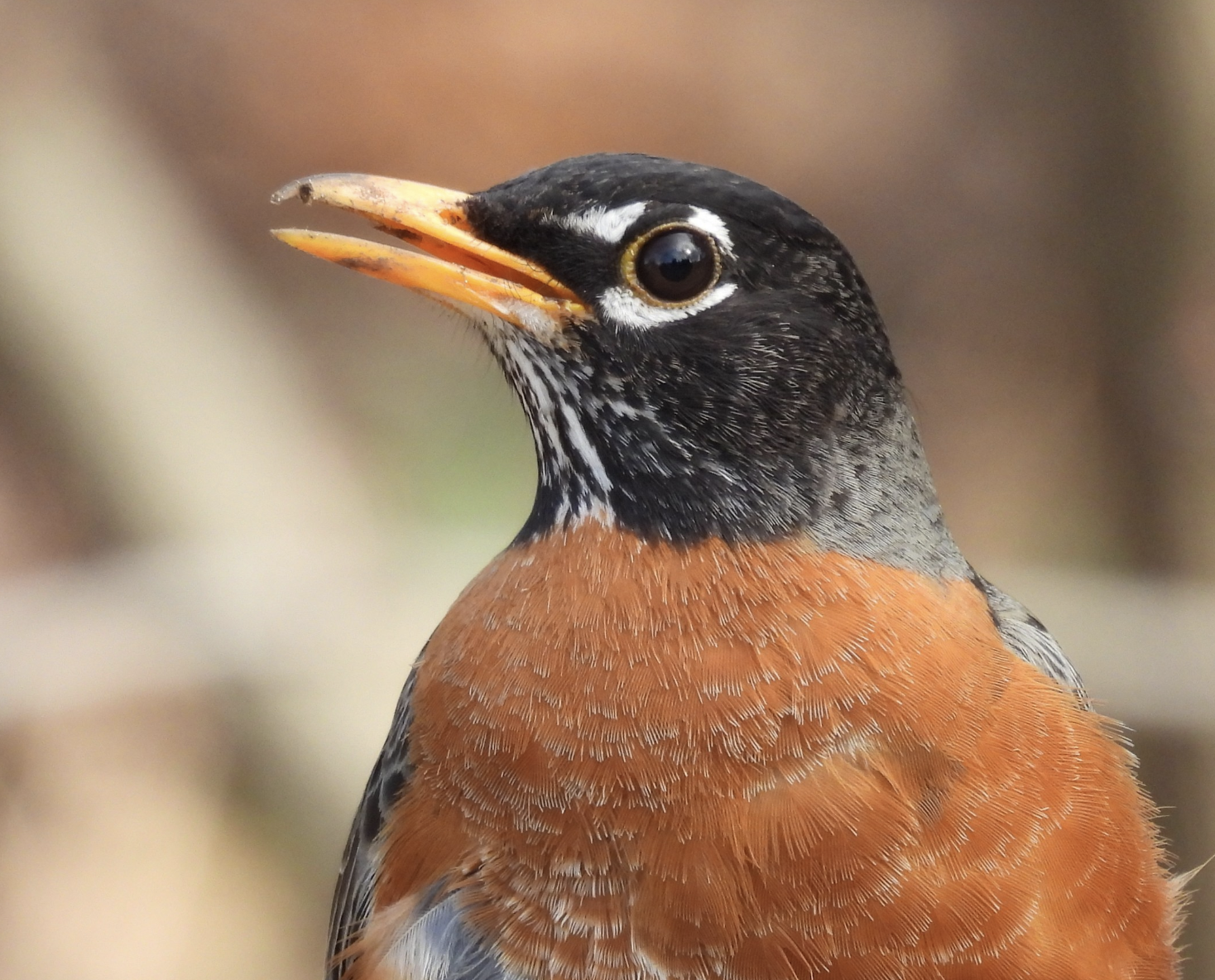
So clearly, you know I love birdwatching. But why should you try it? While I’m sure some of the more nature-oriented of you are hopefully already a little intrigued, one of the things that pushes me out to bird on cold New England weekends is somewhat counterintuitive. I hate to go all George of the Jungle on you – but being out there in the quiet and turning around to scurry towards a call that sounds unfamiliar really is enriching and healing in its own way. I’ve never felt so tiny (and my problems of daily life so insignificant) as when I’ve been out on birdwalks. And of course, getting your steps in while you’re simultaneously engaging all six degrees of freedom in your neck joint doesn’t hurt!
So, in summary, what should you do, having read this exposition on the pleasures of staring at birds? First off, check out Prof. Andrew’s and my eBird accounts. You may notice a minor (read: massive) discrepancy in the species count – and that’s okay. It takes time to become a professional, and I am still very much an amateur in this field. Second: MIT is so close to a ton of great year-round birding spots – Mt. Auburn Cemetery, Belle Isle Marsh Reservation, Arnold Arboretum and Fresh Pond to name a few. Go check them out – and hit me up if you want a buddy to go with!
Share this post:
